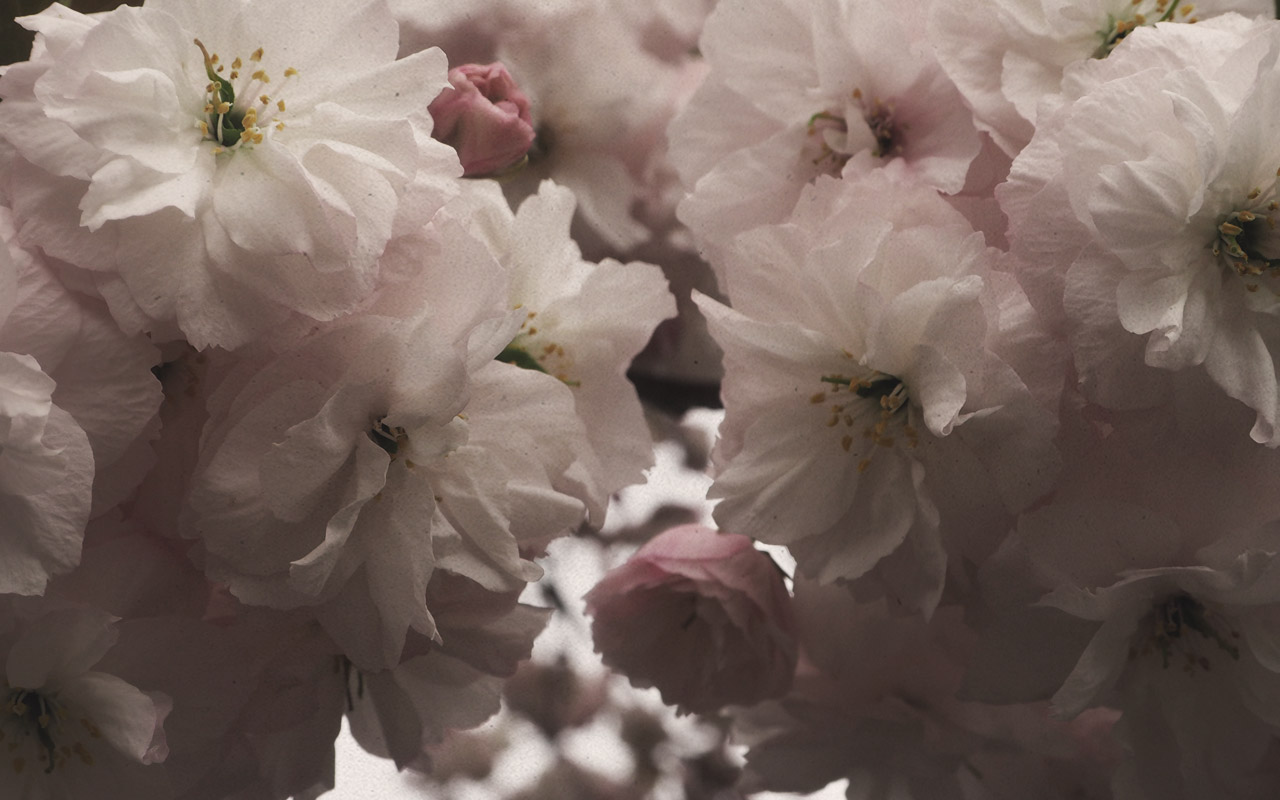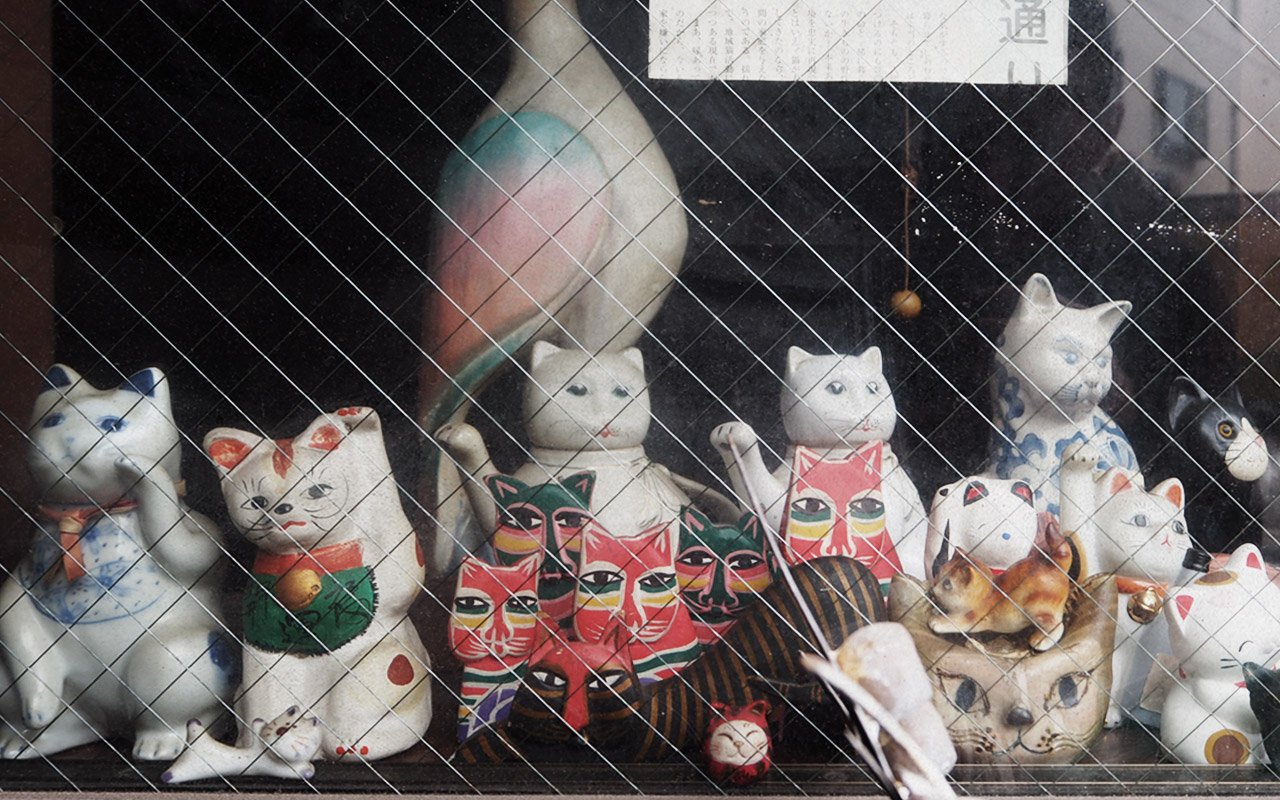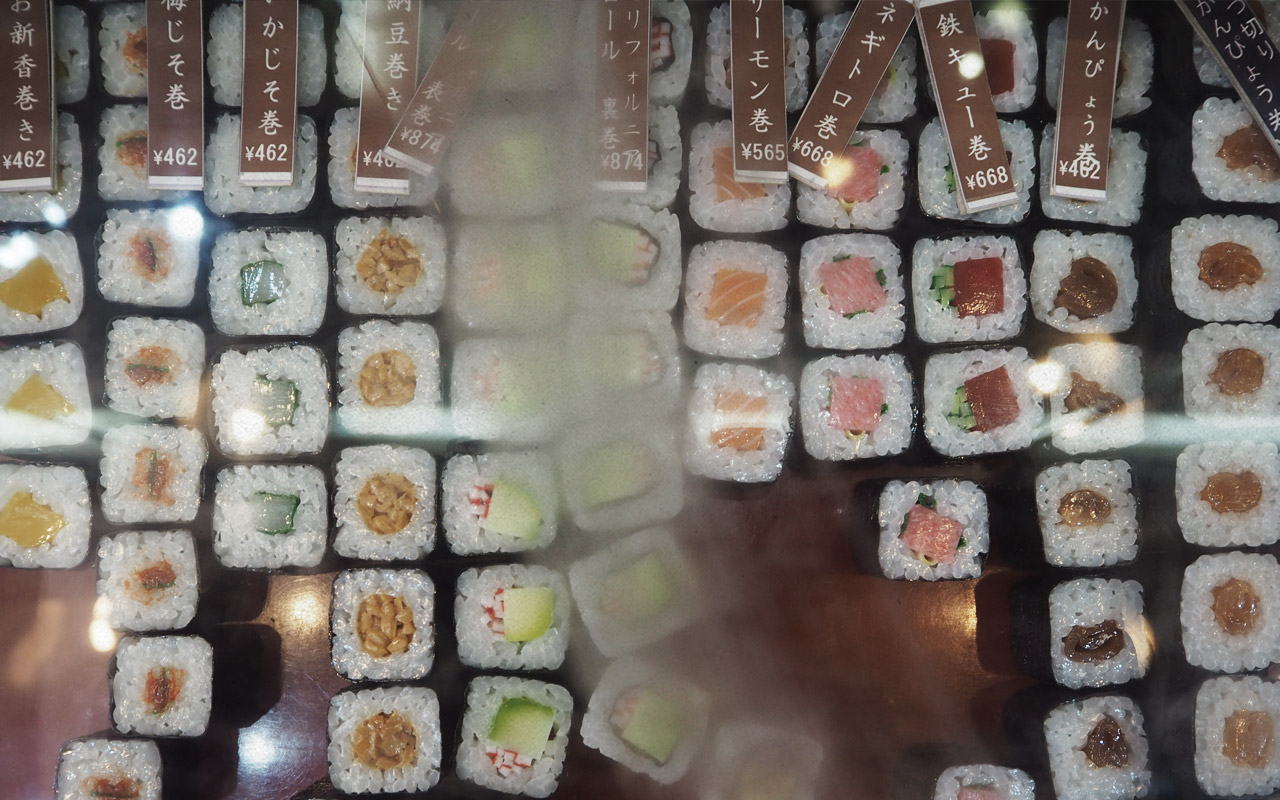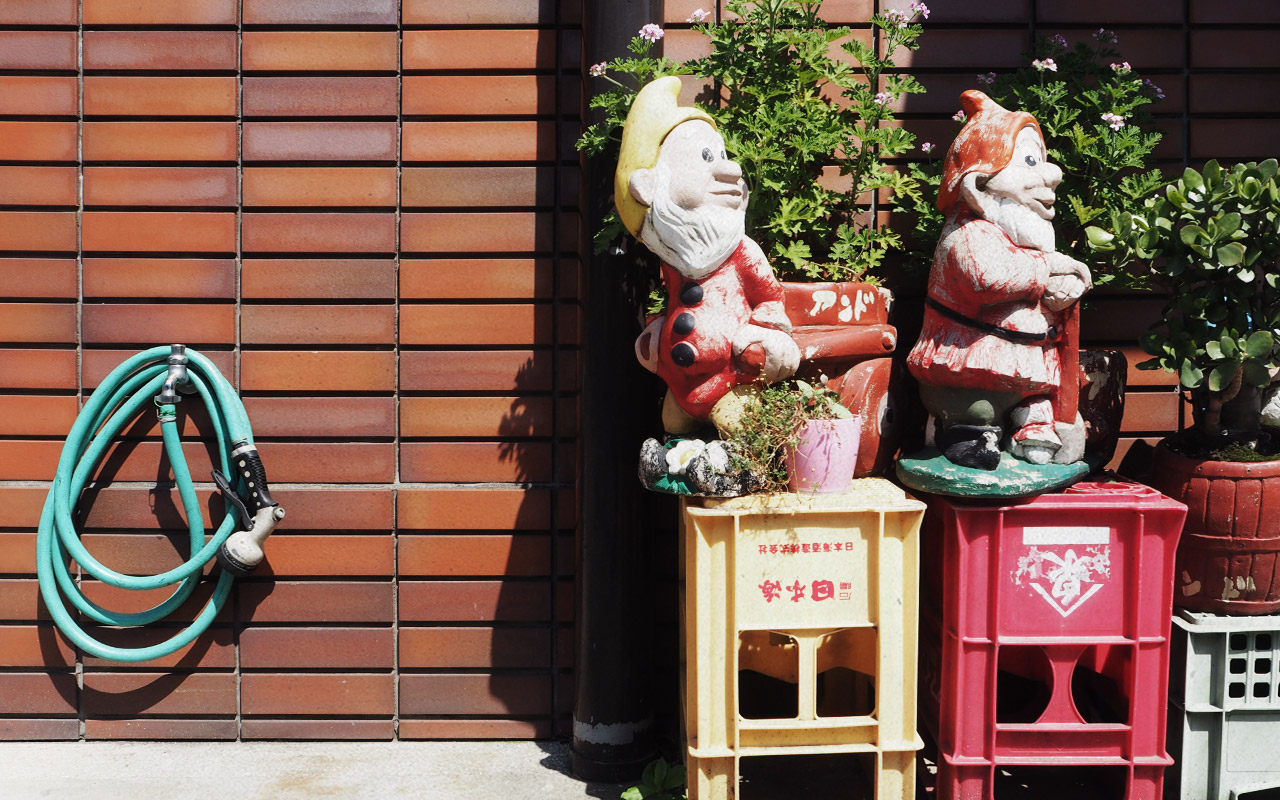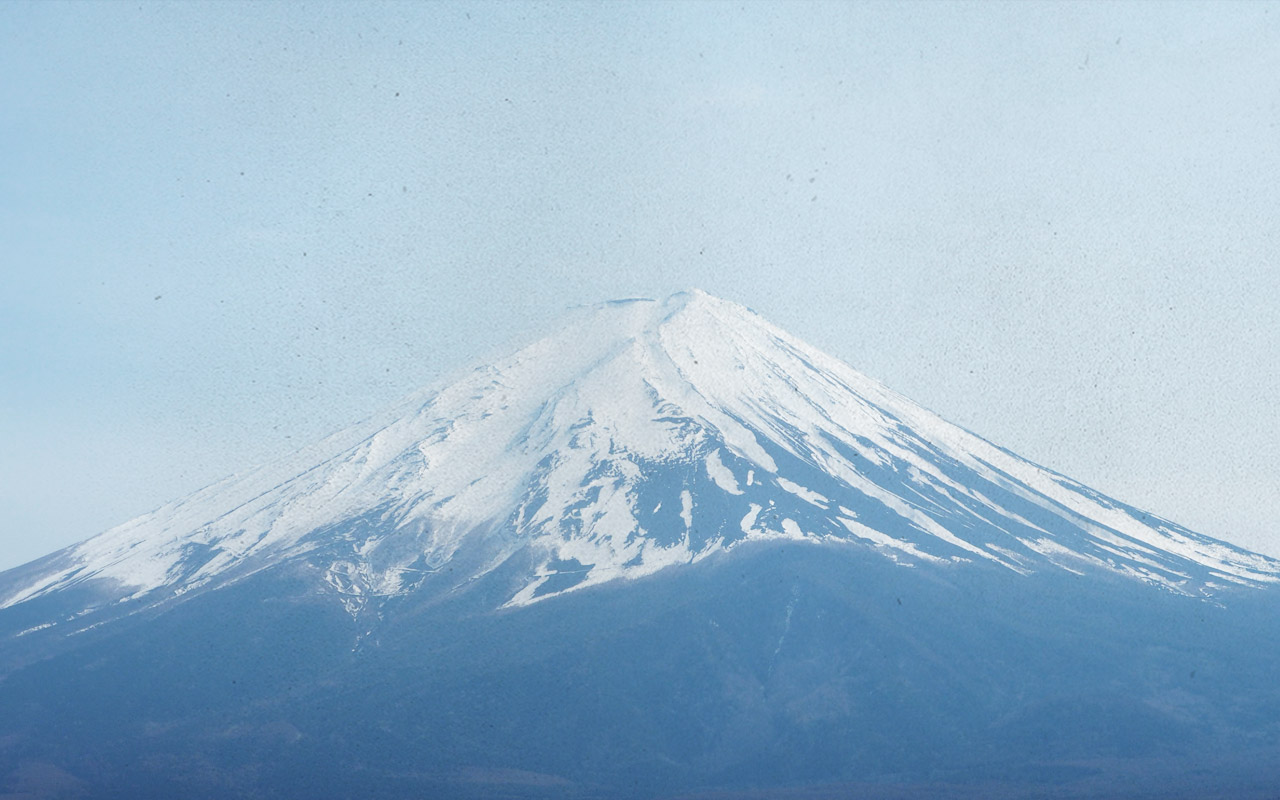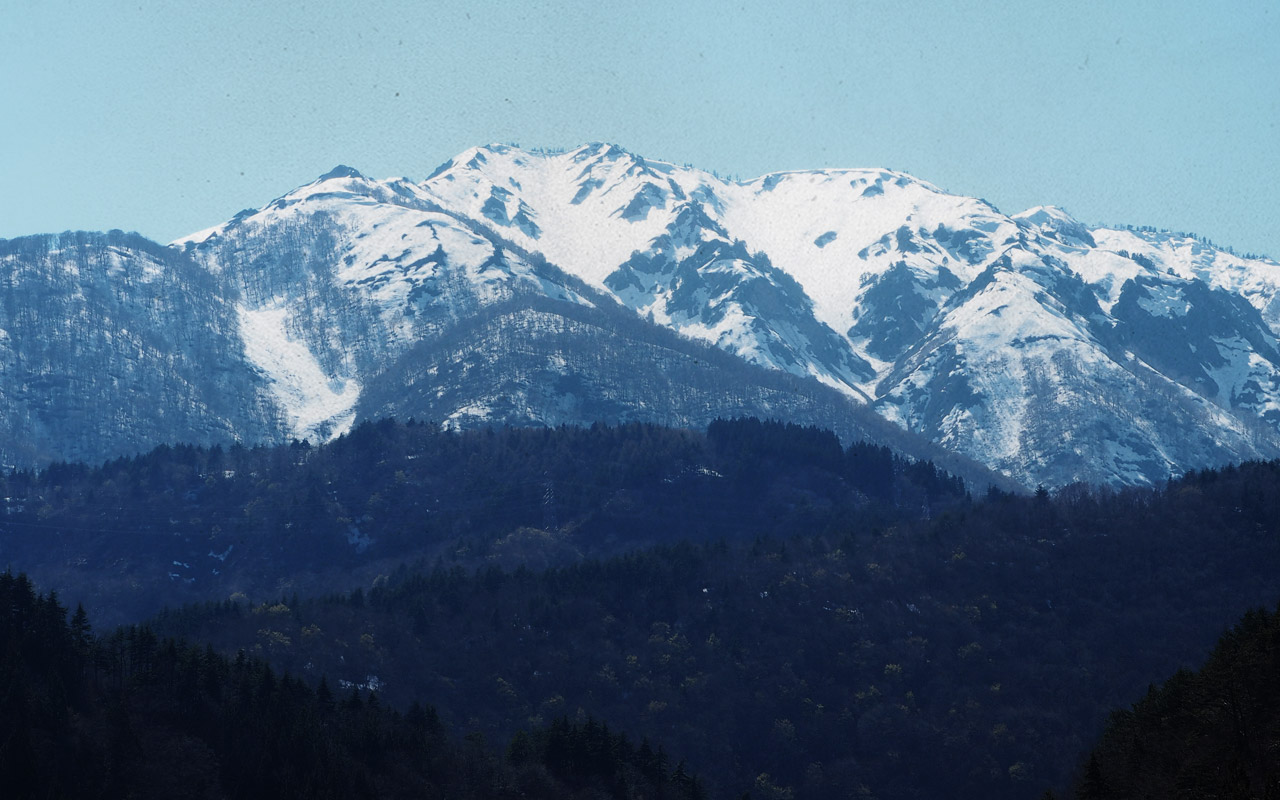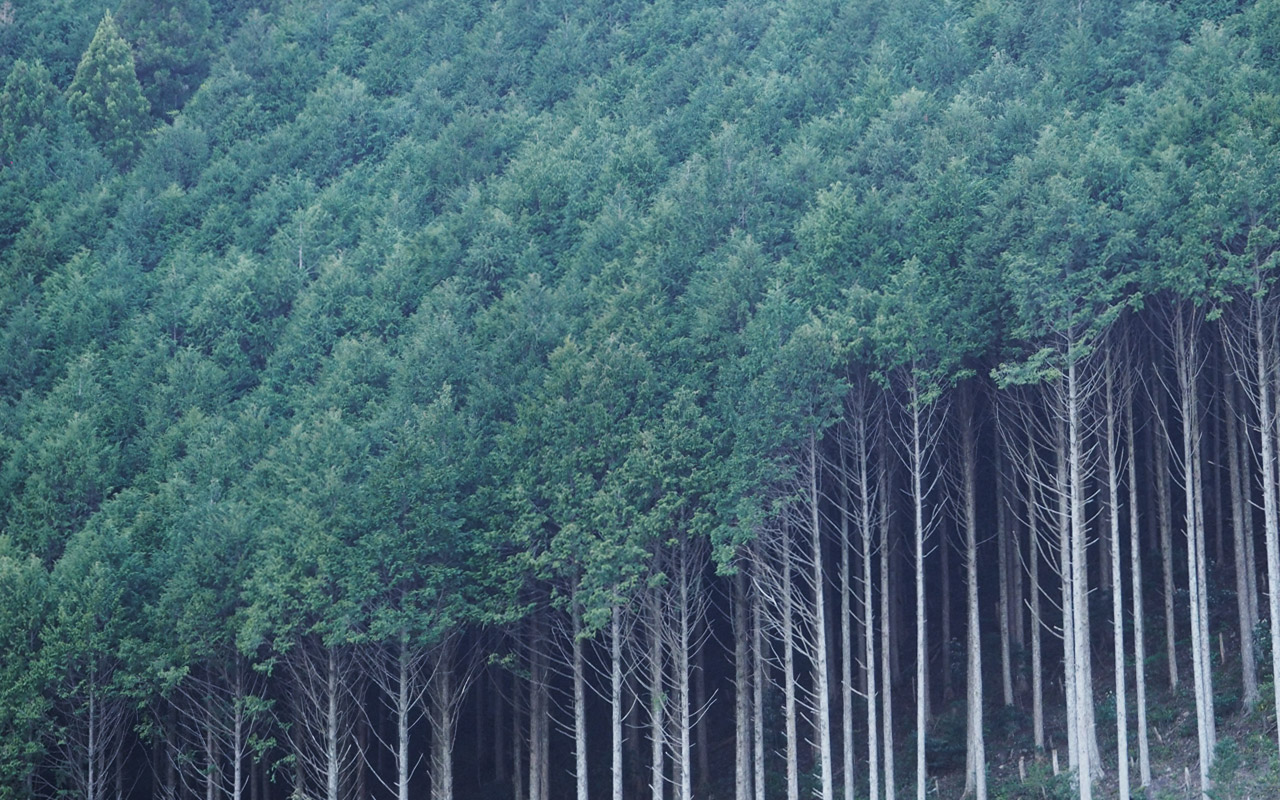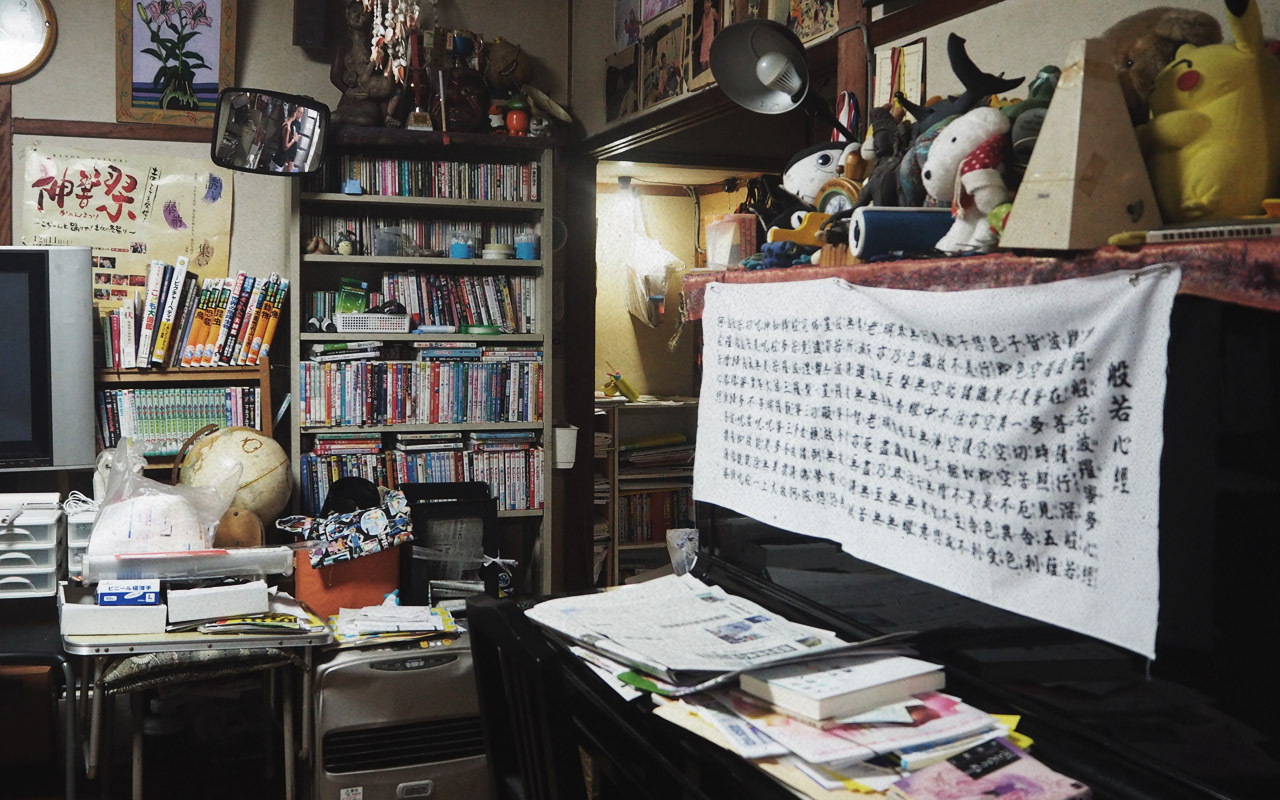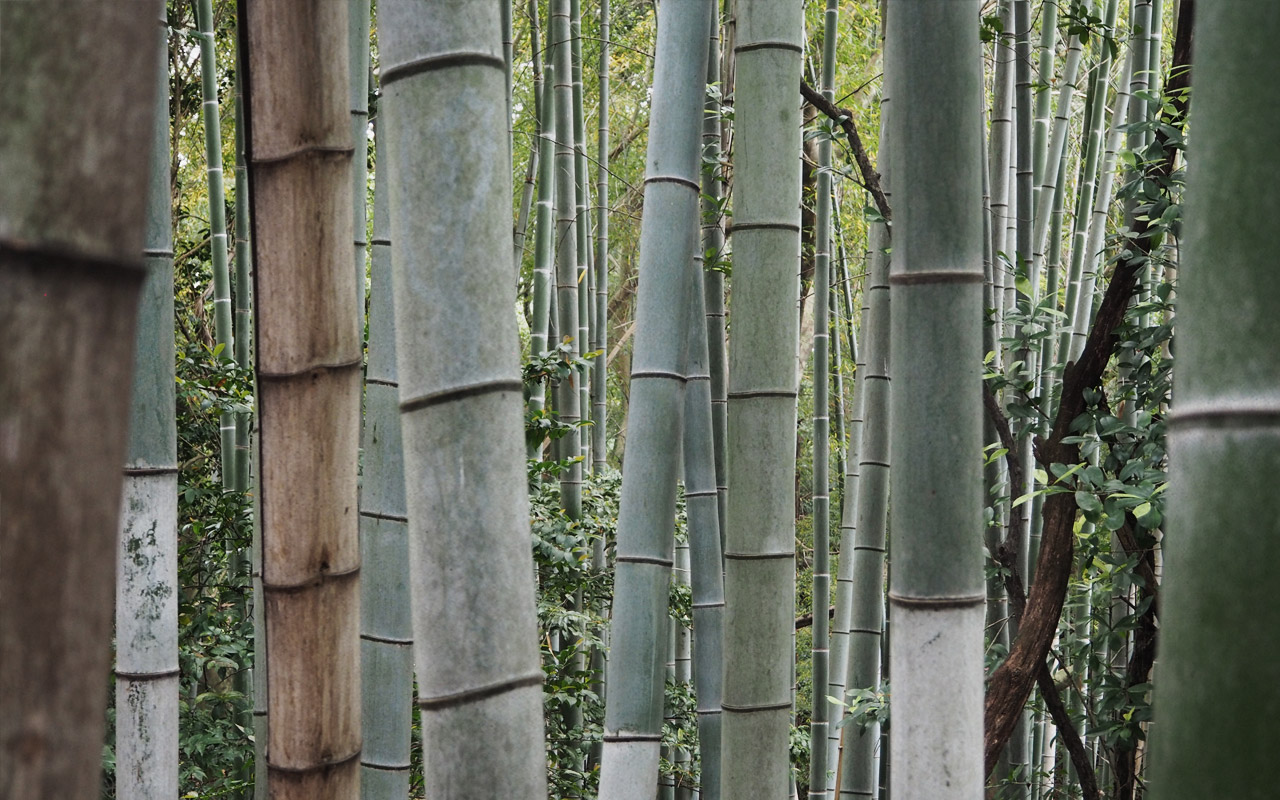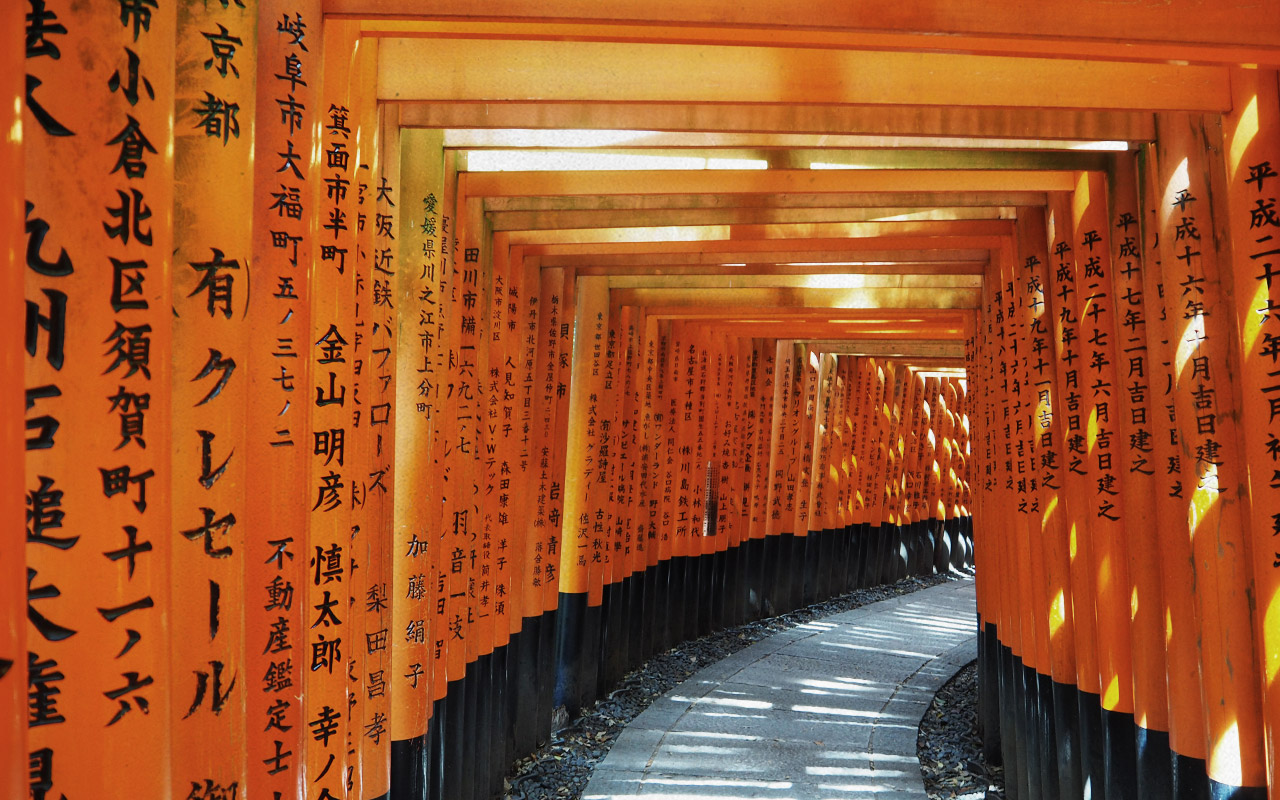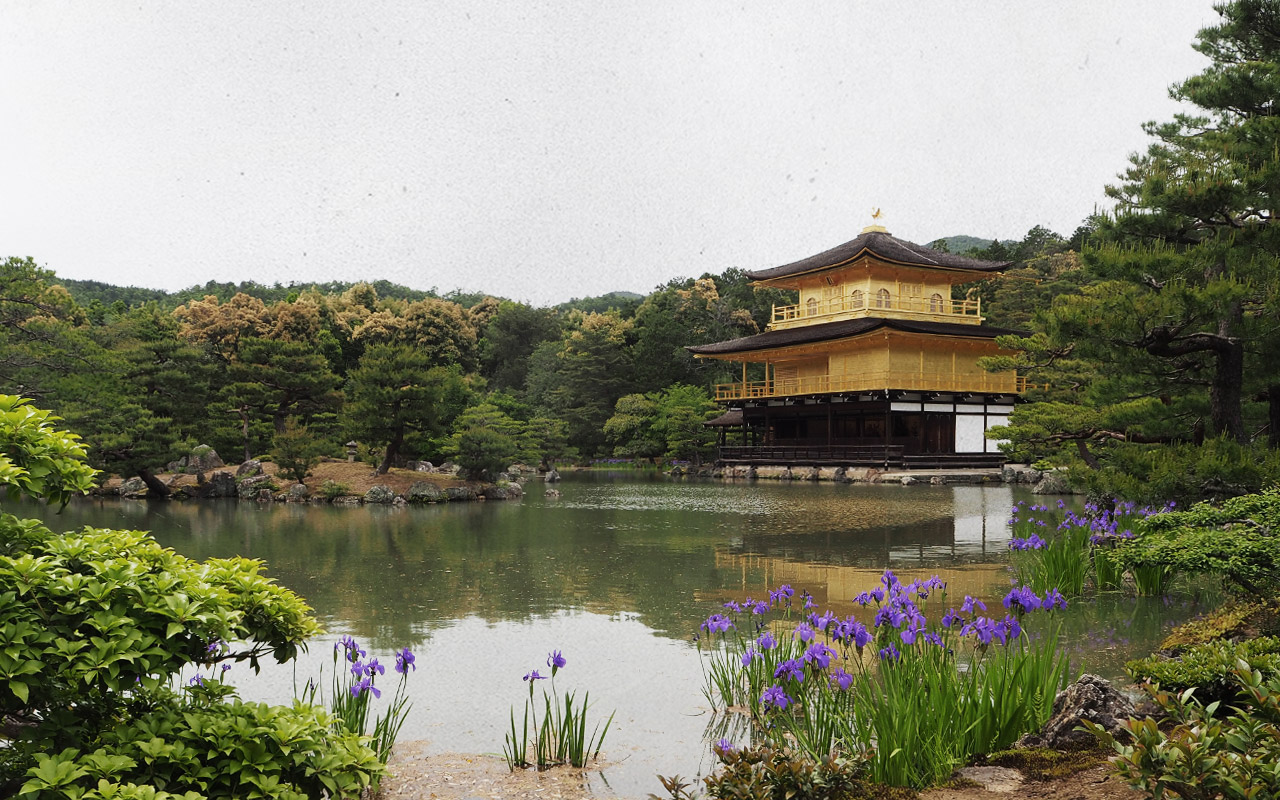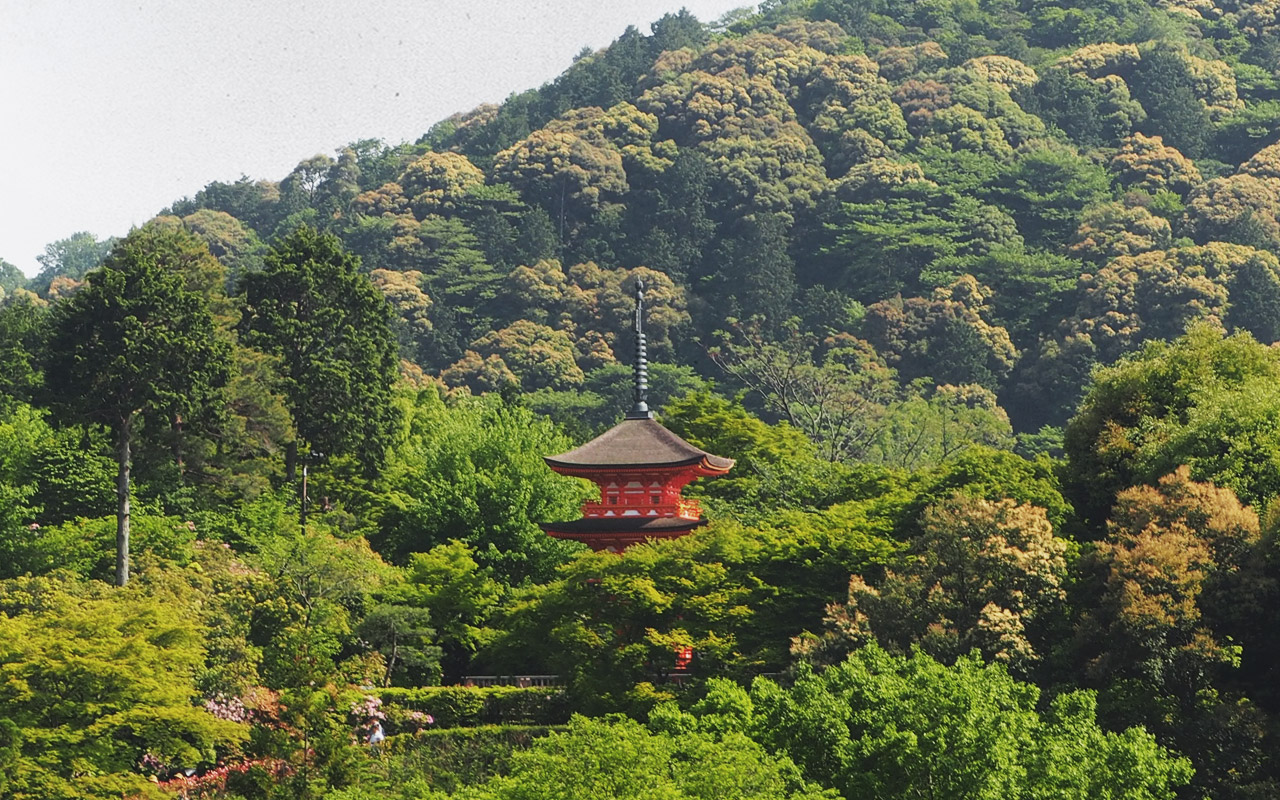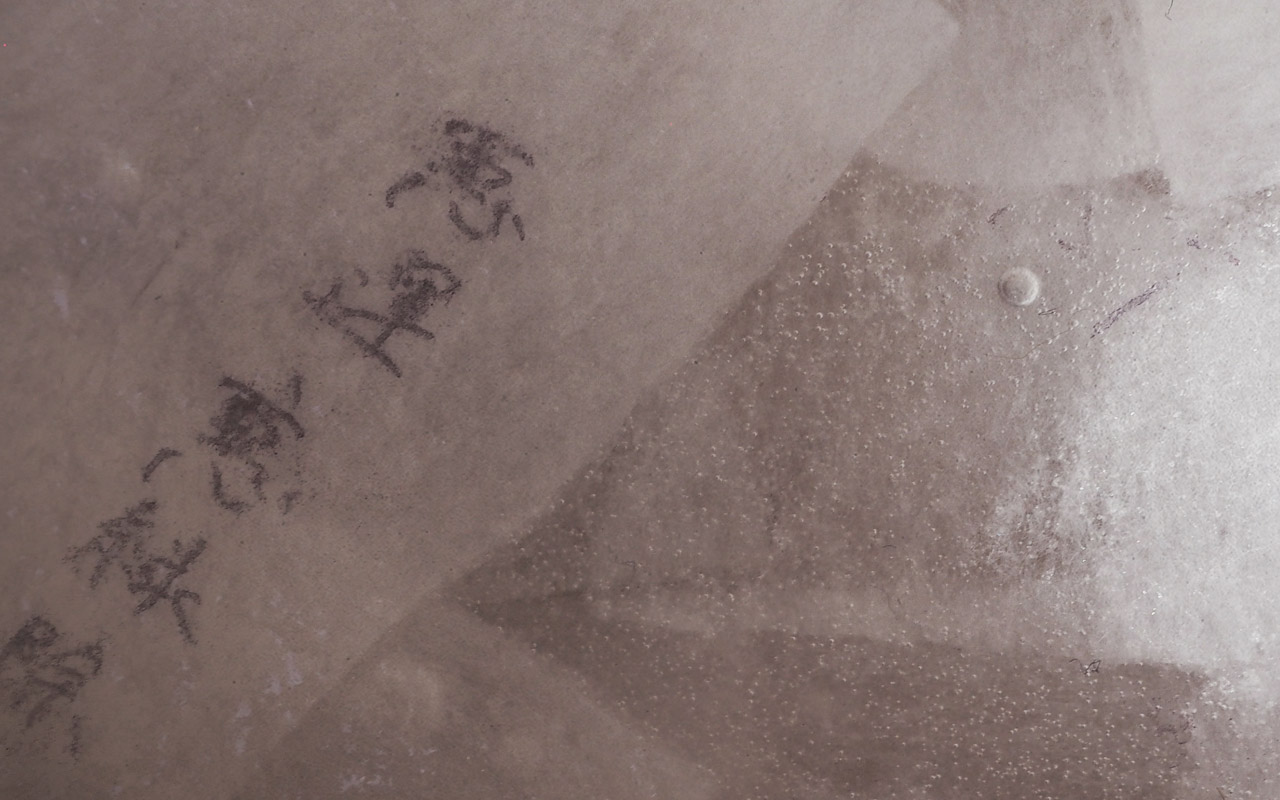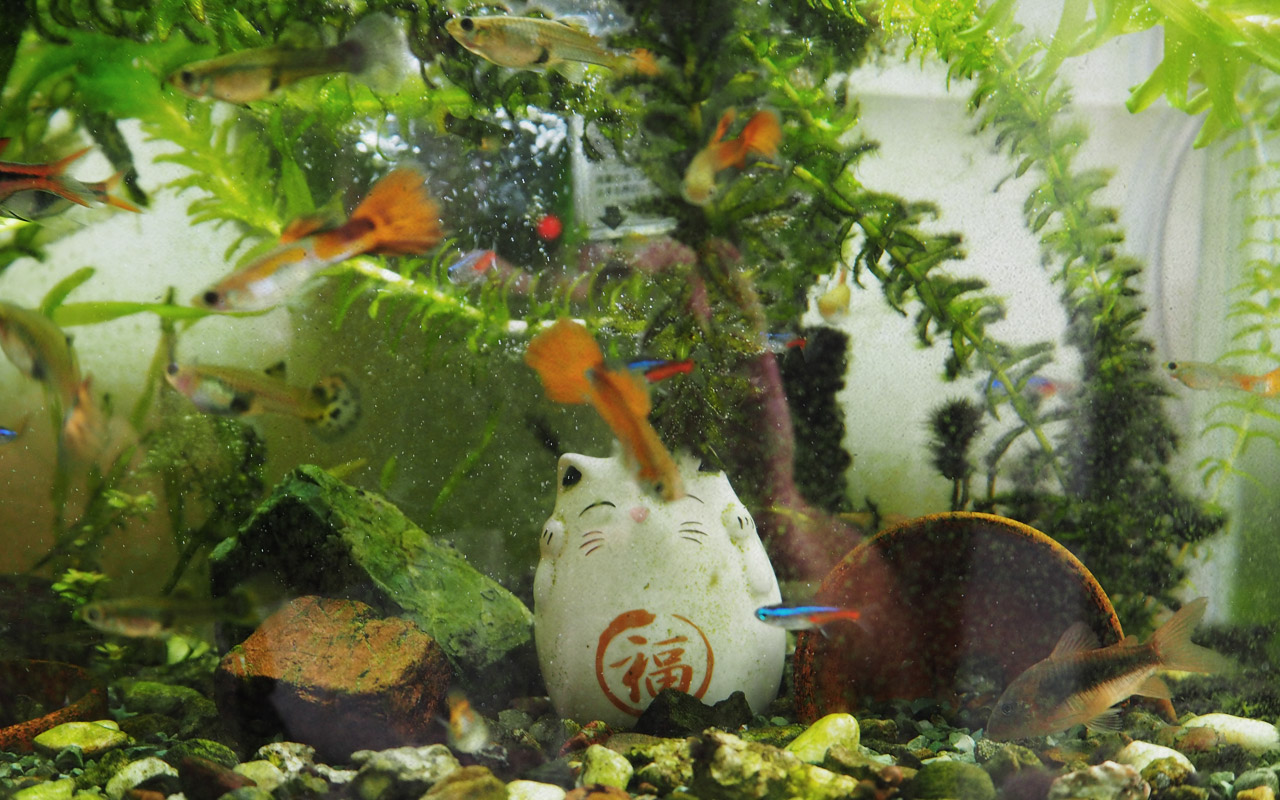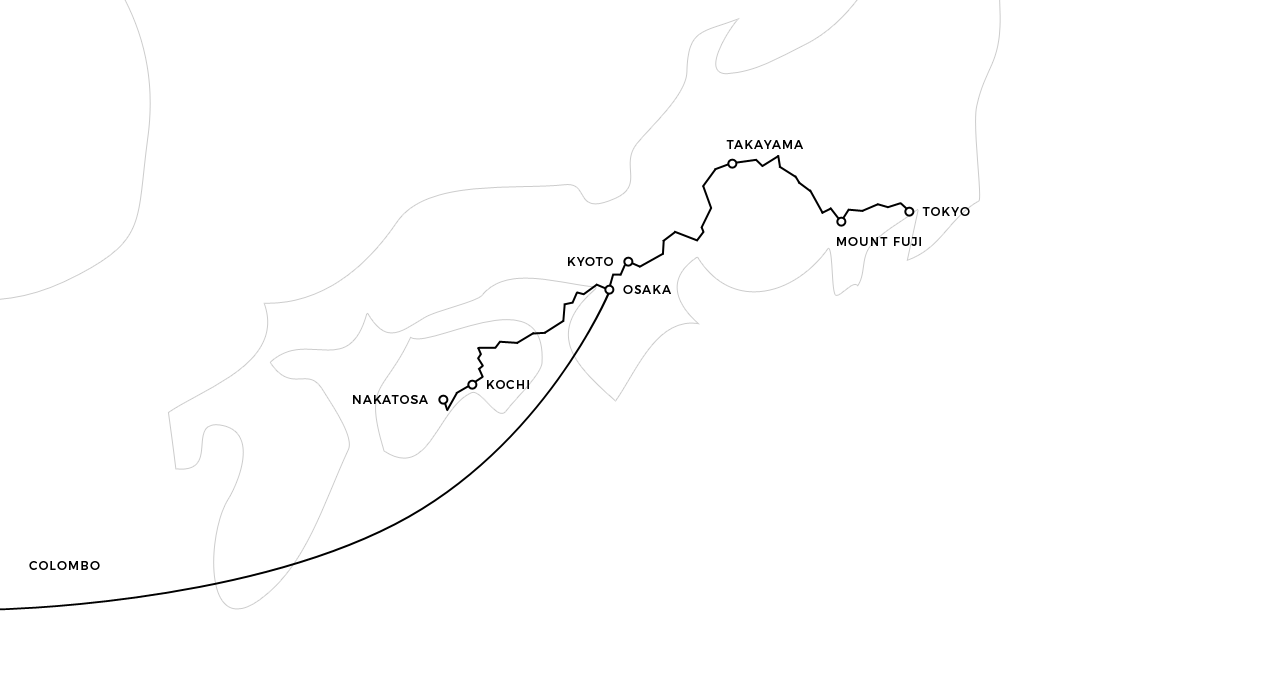When the plane spat us out in Tokyo, our world had been turned upside down and we experienced a severe cultural shock. The streets in the Philippines had been full of young families and children. In Japan three quarters of the people were old. And I mean really old. 70 plus, with hunched backs and walking aides. In Southeast Asia everyday life had been a constant blur of quirky interactions between people, families and friends and strangers alike. In Japan, people seemed to avoid human interactions altogether. People of all ages stood or walked or ate staring at their phones. And the interactions that did occur were quiet, subtle, almost unnoticeable. Nobody was laughing or screaming out loud. And no one was playing excruciatingly loud music from a broken speaker attached to their crappy bike. What a weird and impersonal world.
During those seven months in Southeast Asia we hadn't heard the silence once. All those people buzzing about during the day, all those animals making noises during the night and, oh my God, so much traffic! Now we were in Tokyo, one of the biggest and most densely populated cities in the world, and obviously we expected to enter some sort of ant hill. Turns out we couldn't have been more wrong. Picture a subway station in the heart of the city. You leave the platform, climb a bunch of stairs and find yourself surrounded by thousands of people hurrying to catch their trains. And now imagine that all those people are walking in orderly lines and being so quiet that you could hear a needle fall to the ground.
Most of the differences between the two worlds were pleasant and after such a long time in Southeast Asia they constituted a change of pace that we embraced with open arms. But at the same time we were appalled by the rigid meritocracy where people wore suits, played by the rules, looked worried all the time and hardly ever noticed what lay to the left or right along their way. Apparently the amenities of a first world country are incompatible with the relaxing easiness and the over boiling closeness of the developing world.
In Japan, nobody was sitting on a chair or lying in a hammock. In fact, being as busy as possible seemed to be the country's most valued virtue. Old people who could barely stand up straight kneeled on their paddies to sow rice. This one guy literally mopped the pavement in front of Osaka station as if it were a hardwood floor. And everywhere we went people in uniforms and white gloves stopped traffic and waved at pedestrians to cross the street even though they were doing so next to a fully functioning traffic light. In the same vein our couchsurfing host Mido's children went to a private tutor every day after finishing eight hours of classes in school. And our friend Shun, whom we had met in Morocco five years ago and whom we now met again in Tokyo, worked up to 70 hours a week next to becoming increasingly popular with his music project Yahyel. He told us that he got as little as 15 days off work last year, all of which he used to tour the country with his band.
